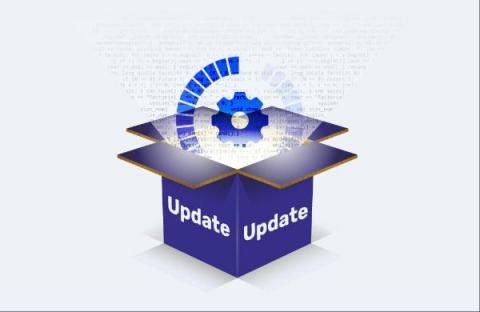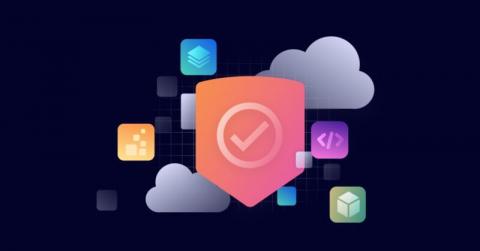BoxyHQ + Cerbos: Merging SSO and Authorization
In this article, we will see how to enable Enterprise SSO login (based on the SAML single sign-on protocol) using Okta for your Next.js app and relay role-based access directly from the Identity Provider to Cerbos. We'll be using BoxyHQ's open-source Enterprise SSO solution (called SAML Jackson) to interface with Okta. We'll use the principle of minimal UI and include only the necessary interface in our example application.











